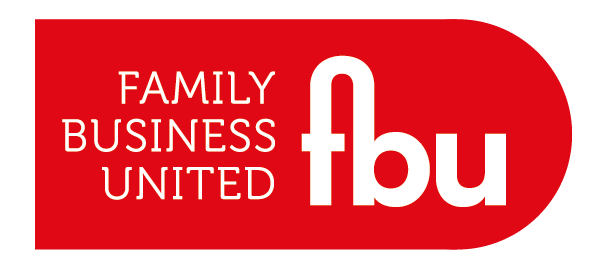The Fundamentals Of The Three Circle Model
- Paul Andrews - Founder & CEO, Family Business United
- Nov 24, 2023
- 2 min read
Updated: Oct 2, 2024

The three-circle model of family business, introduced by Renato Tagiuri and John A. Davis in the 1980s, provides a comprehensive framework for understanding the intricate dynamics that characterise family businesses. This model delineates three distinct but interconnected circles, each representing a crucial aspect of family business: the family, the business, and ownership.
It has become a foundation in the understanding of the dynamics that make family businesses what they are and the basis for many advisers to have conversations with their clients. Whilst it may appear simple in concept, the nuances and human interactions between the different individuals and their personal drivers and purpose make it an incredibly complex situation too.
It is at the very heart of the family business community but it is easy to take it for granted and for anyone new to the sector, it is worth considering and reflecting on the model, what it encompasses and how it might reflect each and every family business differently.
The first circle, the family, encapsulates the emotional and interpersonal relationships among family members involved in the business. It acknowledges the impact of family dynamics on decision-making, communication, and conflict resolution within the business context. Issues such as sibling rivalry, succession planning, and the integration of family values into business practices fall within the purview of this circle. Striking a balance between family harmony and effective business management becomes a central challenge.
The second circle, the business, focuses on the operational aspects of the business. Here, the emphasis is on strategy, performance, and competitiveness. It addresses concerns such as market dynamics, innovation, and the overall health of the business. In this circle, family businesses grapple with the need for professional management and governance structures to ensure sustained success beyond generations.
The third circle, ownership, pertains to the ownership structure and financial aspects of the family business. This involves issues like equity distribution, ownership agreements, and wealth management. Divergent expectations among family members regarding dividends, reinvestment, and exit strategies often surface within this circle. Effectively aligning the interests of family members with the long-term financial goals of the business becomes a critical challenge.
The strength of the three-circle model lies in its recognition of the interdependence among family, business, and ownership. Changes or decisions in one circle inevitably reverberate across the others. For instance, a family dispute may spill over into the business operations, impacting performance. Likewise, a strategic business decision may have implications for family relationships and the ownership structure.
Successfully navigating the complexities outlined by the three-circle model requires a thoughtful approach to governance. Establishing clear communication channels, developing sound policies for conflict resolution, and delineating roles and responsibilities are essential steps.
Additionally, embracing external expertise through advisory boards or consultants can provide valuable insights and contribute to the professionalisation of family businesses.
In conclusion, the three-circle model offers a holistic framework for understanding the multifaceted nature of family businesses.
By acknowledging and addressing the distinct challenges within each circle – family, business, and ownership – family enterprises can enhance their resilience and increase the potential for them to pass from generation to generation successfully. Balancing the often competing interests within these circles is an ongoing process that requires commitment, adaptability, and a strategic mindset.





%20copy%20(4)%20copy%20(1)%20copy%20copy%20(1)%20copy%20(1)-Medium-Quality.jpg)



.png)
























